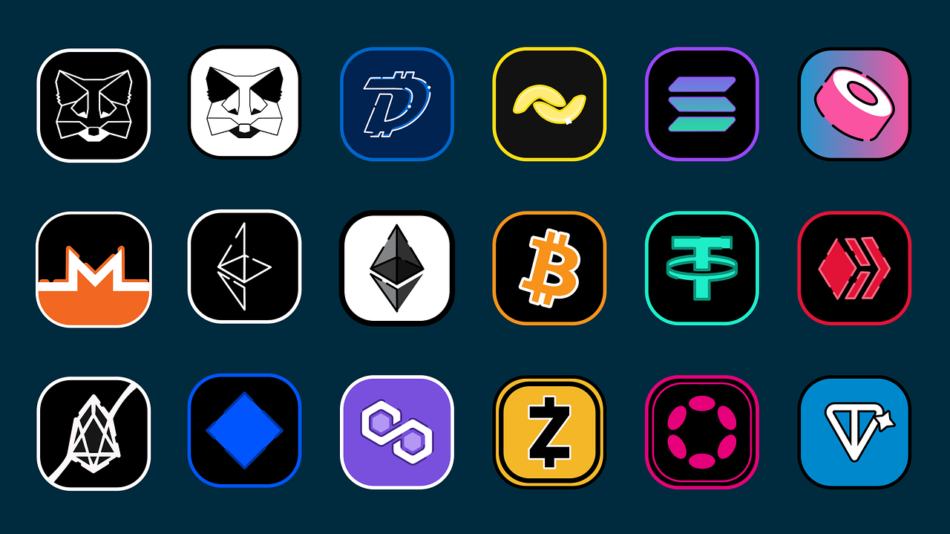With a variety of cryptocurrency options available, two that stand out from the crowd are Solana and Polygon. In this article, we’ll explore their core differences to help you determine which one is the superior choice for your needs. We will analyze each blockchain’s advantages and drawbacks so that you can make an informed decision about where to invest your money. Ultimately, with our thorough examination of both Solana and Polygon features in this article, you should confidently decide which cryptocurrency fits best into your portfolio.
Key Differences Between Solana and Polygon
Here is a compression for these to projects:
- Solana Crypto and Polygon have a few major differences, the most prominent being their technologies. Solana is a fast-processing blockchain that can handle transactions much more quickly than other blockchains. In contrast, Polygon operates as an Ethereum layer 2 scaling solution; it provides Ethereum with ways to fix its scalability limitations.
- In February 2023, the SOL crypto price is $23.87, and Polygon was traded at $1.36. Even though the Solana price is higher, its capitalization is lower ($9 billion in contrast to Polygon’s $11 billion).
- Solana and Polygon are two distinct platforms with very different objectives. While Solana was developed as an alternative to Ethereum, offering speedier and more efficient transactions, Polygon’s sole ambition is to improve scalability features on the existing Ethereum network – creating a smoother experience for developers.
- The final difference is their tokenomics. Crypto Solana has a fixed supply of tokens, and its deflationary mechanism ensures that the token value increases over time. Polygon, on the other hand, has an increased supply of tokens. Additionally, Solana’s governance model is much more decentralized than Polygon’s.
If you’re trying to determine which cryptocurrency is better for your needs, it all boils down to what type of blockchain performance and scalability solutions you require. If you’re in search of a high-performance framework that can manage dApps, then Solana should be your go-to option. Conversely, if Ethereum scalability is more important for you, Polygon could be a perfect choice!
Solana and Polygon possess divergent characteristics that offer compelling advantages. Developers can benefit from Solana’s high-performance blockchain and low costs, while investors appreciate the scalability of Polygon for Ethereum Blockchain as well as its thriving dApp ecosystem.
In the end, deciding between Solana and Polygon comes down to personal taste. As cryptocurrency grows more popular daily, it’ll be fascinating to observe which one takes charge of the field. Both strategies possess their own merits and shortcomings – it’s up to you as an individual user to decide which is most suitable for your requirements.

